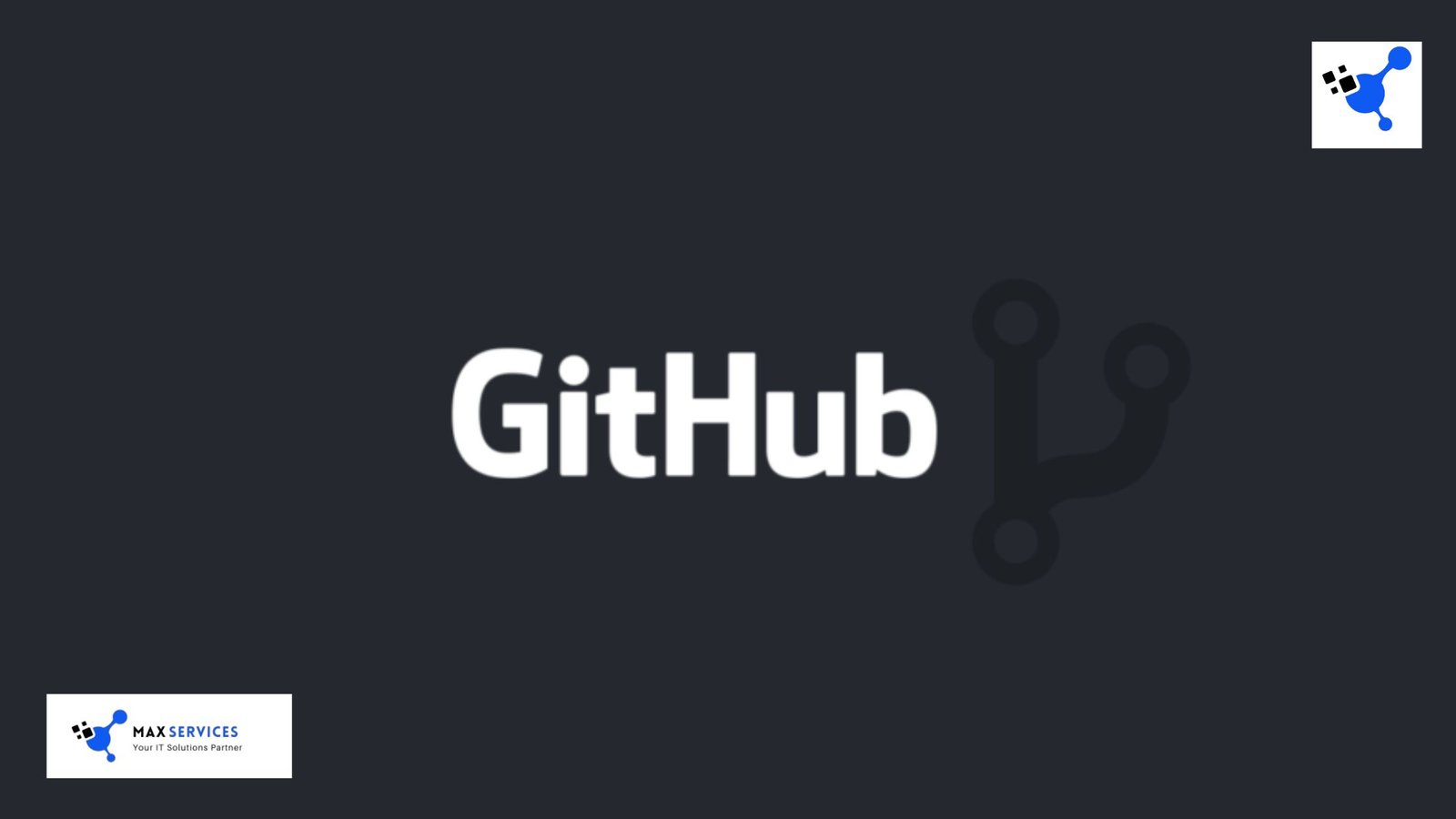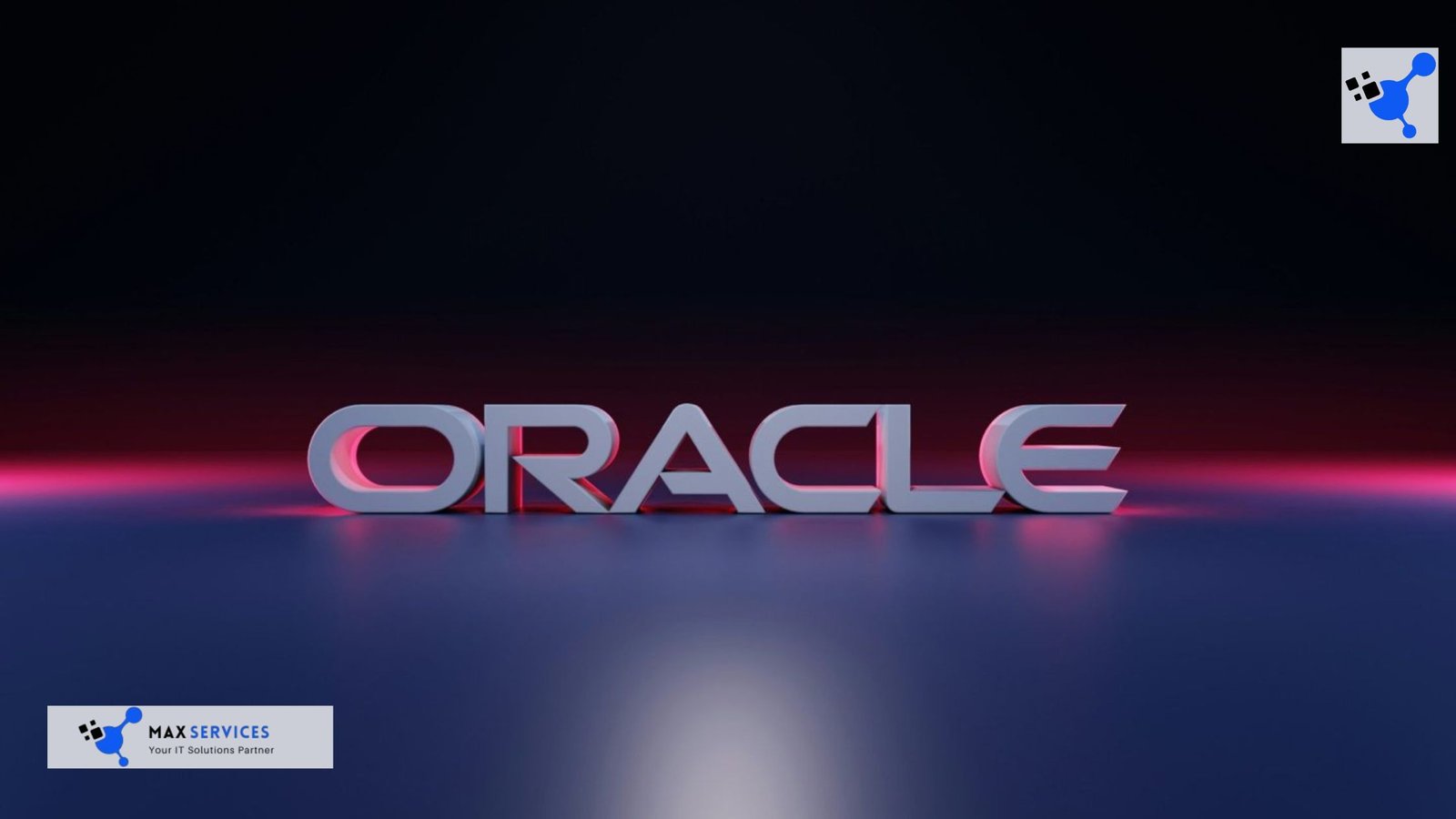
Continuous integration and continuous delivery CI/CD operations have become fundamental to modern software development, enabling teams to build, test, and deploy applications rapidly and reliably. Over the past decade, the landscape of CI/CD operations tools has evolved significantly. While organizations previously relied on a mix of open-source tools to create pipelines, the market now offers robust enterprise-grade CI/CD platforms that provide end-to-end solutions. Among these, GitHub Enterprise has emerged as a leading choice for businesses aiming to modernize their software delivery processes.
Migrating to a platform like GitHub Enterprise offers numerous advantages, including streamlined workflows, enhanced security, and better scalability. To ensure a successful transition, businesses must adopt a well-planned approach that addresses potential pitfalls and leverages the platform’s capabilities to their fullest.
Challenges in CI/CD operations Migration to GitHub Enterprise
While GitHub Enterprise simplifies software delivery post-migration, the process of moving existing pipelines and practices to the platform can be complex. Common challenges companies may face:
-
Application Delivery Delays
A prolonged migration process can disrupt CI/CD operations, delaying application updates and new feature releases. This downtime may impact end-users and lead to missed business opportunities.
-
Performance Risks
Choosing an inappropriate deployment strategy or misconfiguring GitHub Enterprise can lead to suboptimal performance. Insufficient resources for builds and tests can slow down pipelines and reduce developer productivity.
-
Training Requirements
Even experienced developers need time to familiarize themselves with a new CI/CD platform. Failing to account for this learning curve can lead to inefficiencies and errors during the transition.
-
Security and Compliance Concerns
During migration, the risk of unauthorized access or injection of malicious code increases. Implementing robust access controls and maintaining compliance with industry standards is critical.
Best Practices for a Smooth Migration
A strategic approach can help mitigate these challenges and ensure a seamless transition to GitHub Enterprise. Here are best practices to guide your migration process:
Choose the Right Hosting Option
GitHub Enterprise offers two deployment options:
Fully Managed Cloud Solution: Hosted by GitHub, this option minimizes setup and maintenance efforts.
Self-Hosted Option: Installed on your infrastructure, providing greater control over the environment.
Recommendation:
Opt for the cloud-based solution if you prioritize ease of management and scalability.
Choose the self-hosted option if your organization operates in a regulated industry, such as finance or healthcare, where strict data control is necessary.
Evaluate your organization’s needs carefully to determine the best fit.
Plan and Document the Migration Process
Through these steps create a detailed migration plan:
Assessment: Inventory existing CI/CD pipelines and tools to identify dependencies.
Timeline: Establish a realistic timeline for migration to minimize downtime.
Roles and Responsibilities: Assign clear roles to team members for tasks such as pipeline migration, testing, and training.
Document the entire process to ensure consistency and provide a reference for future migrations.
Configure Granular Access Policies
GitHub Enterprise allows for detailed access control configurations. Leverage these features to:
Assign different permissions based on roles (e.g., admin, developer, tester).
Implement environment-based access policies, restricting production access while allowing flexibility in development and testing environments.
Leverage OpenID Connect for Secure Cloud Integration in CI/CD operations
By integrating GitHub Enterprise with cloud solution environments using OIDC: You eliminate the need to store long-lived credentials as secrets.
This approach reduces security risks and improves transparency.
Implementation of SSO and MFA in CI/CD operations
Integrating GitHub Enterprise with your existing SSO solution, such as Microsoft Entra or Active Directory, simplifies access management.
Benefits:
Streamlined user access management.
Reduced administrative overhead.
Enhanced security for sensitive workflows.
Document and Share Common Tasks
To ease the learning curve, provide comprehensive documentation for frequently performed tasks, such as:
Migrating repositories to GitHub Enterprise.
Creating and managing pull requests.
Setting up CI/CD workflows.
Sharing these resources with your team accelerates onboarding and reduces the risk of errors.
Publish Workflow Patterns
Identify common CI/CD workflows and create reusable patterns for your team. Examples include:
Building and testing applications.
Deploying infrastructure as code (IaC).
Creating Docker images.
Providing pre-defined patterns reduces redundancy and ensures consistency across teams.
Automate Routine Tasks with GitHub Actions
GitHub Actions allows you to automate key aspects of your CI/CD operations pipeline. Examples of cloud solution automation include:
Triggering builds when new code is pushed.
Running automated tests after builds are complete.
Deploying applications to staging or production environments.
Tip: Focus on automating repetitive tasks while allowing flexibility for complex workflows.
Monitor and Optimize Performance
Optimize resource allocation and Regularly monitor the performance of your CI/CD operations pipelines to identify bottlenecks. Tools like GitHub Insights provide valuable metrics on workflow execution times and success rates.
Ensure Compliance and Security
During migration, implement security best practices in cloud services such as:
Regularly auditing access logs.
Encrypting sensitive data.
Using secure communication protocols (e.g., HTTPS, SSH).
GitHub Enterprise Features That Simplify Migration
GitHub Enterprise offers several features that make it an ideal choice for modern CI/CD operations pipelines:
- Seamless Integration: GitHub Enterprise integrates with popular tools like Jenkins, Kubernetes, and Terraform, enabling teams to continue using their preferred tools.
- Robust Security: Features like SSO, MFA, and OIDC enhance security and reduce the risk of unauthorized access.
- Scalability: The platform supports large-scale operations, making it suitable for enterprises of all sizes.
Comprehensive Documentation: GitHub provides extensive resources to guide teams through setup and usage.
Successful Migration to GitHub Enterprise
Scenario:
A mid-sized software company using a legacy CI/CD operations toolchain decided to migrate to GitHub Enterprise to improve scalability and streamline workflows.
- Challenges Faced:
Limited in-house expertise with GitHub Enterprise.
The need to minimize downtime during migration.
- Solution:
The company adopted a phased migration approach, starting with non-critical pipelines.
Developers were trained using detailed documentation and workflow patterns.
GitHub Actions were used to automate routine tasks, such as code builds and deployments.
- Outcome:
The company reduced CI/CD operations pipeline execution times by 30%.
Developer productivity improved due to the streamlined interface and automation capabilities.
Conclusion
Migrating to GitHub Enterprise or any modern CI/CD operations platform requires careful planning and execution. By addressing potential challenges and adopting best practices, organizations can ensure a smooth transition and unlock the full potential of their new CI/CD environment.


